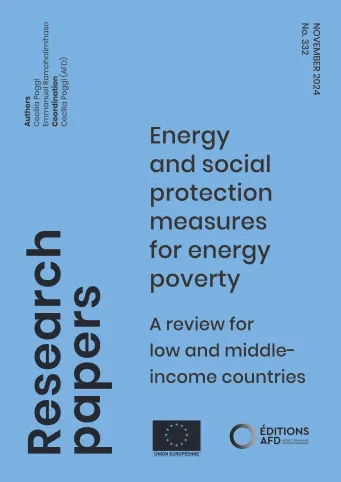Share the page
Energy and social protection measures for energy poverty
Published on

This article examines the impact of energy-enhancing measures for the poor, such as social protection or energy-earmarked measures, on influencing energy poverty and vulnerability. It employs a literature review methodology to assess the latest twenty years of evidence in a widely scattered scholarly literature for low- and middle-income countries. The chosen conceptual framework reflects on possible implications of changes happening in energy behaviour of poor populations due to policy receipt, proposing some reasoning why social protection should not be seen separately from energy assistance in accompanying the energy transition of the poor. The review explores how social protection instruments alter energy consumption for the poor and their adoption of energy technologies, including the transition to less carbon intensive energy. It also outlines the vital role that earmarked energy assistance can play in supporting energy transitions of the poor. Finally, it reflects on the loose ends of the literature to assess any detectable effects across vulnerable and marginalised groups, like women, informal settlements and people with disability.
Useful Information
-
Authors
-
Emmanuel Ramaholimihaso, Cecilia POGGI
-
Coordinators
-
Edition
-
332
-
Number of pages
-
57
-
ISSN
-
2492 - 2846
-
Collection
-
Research Papers
